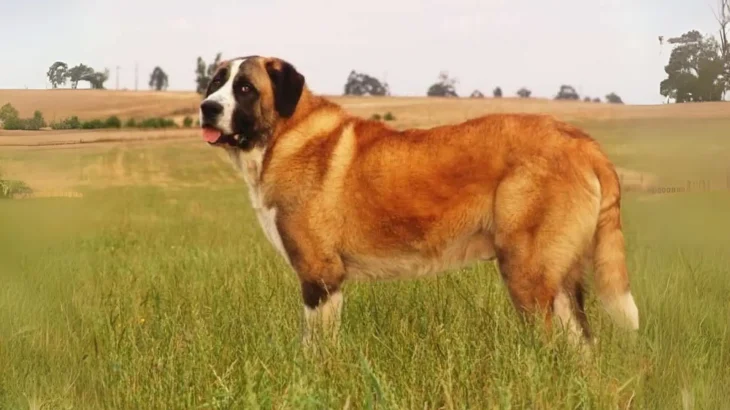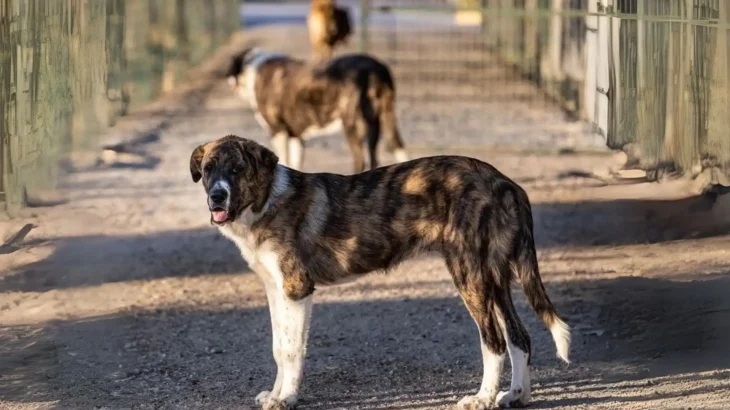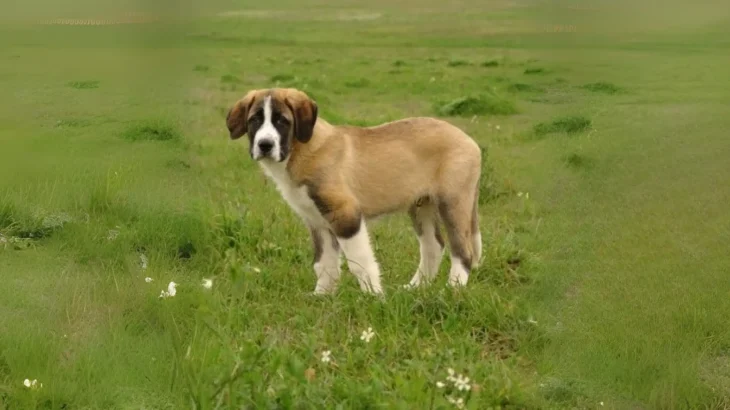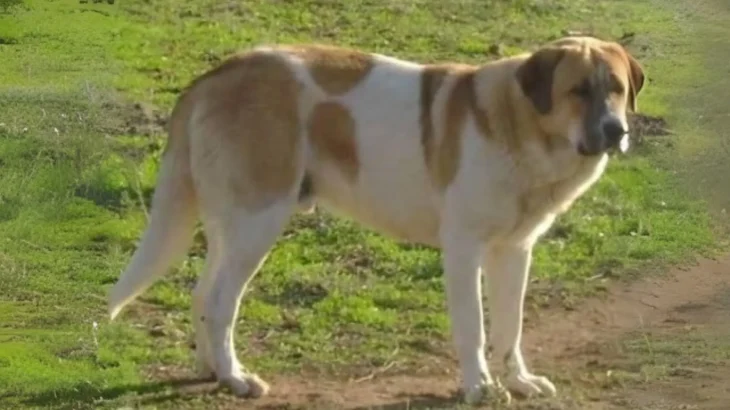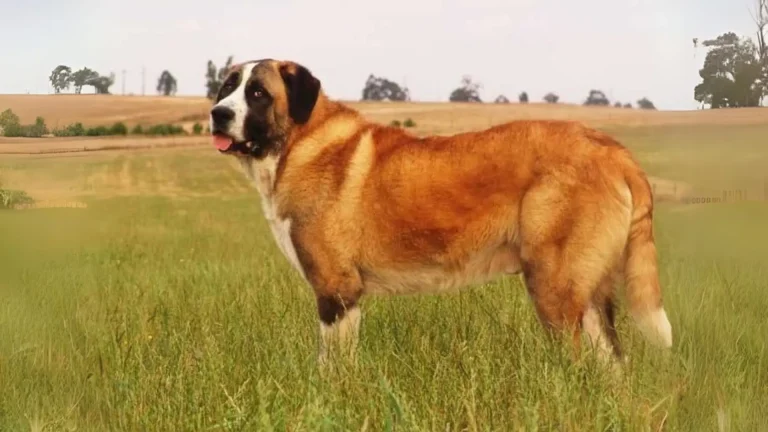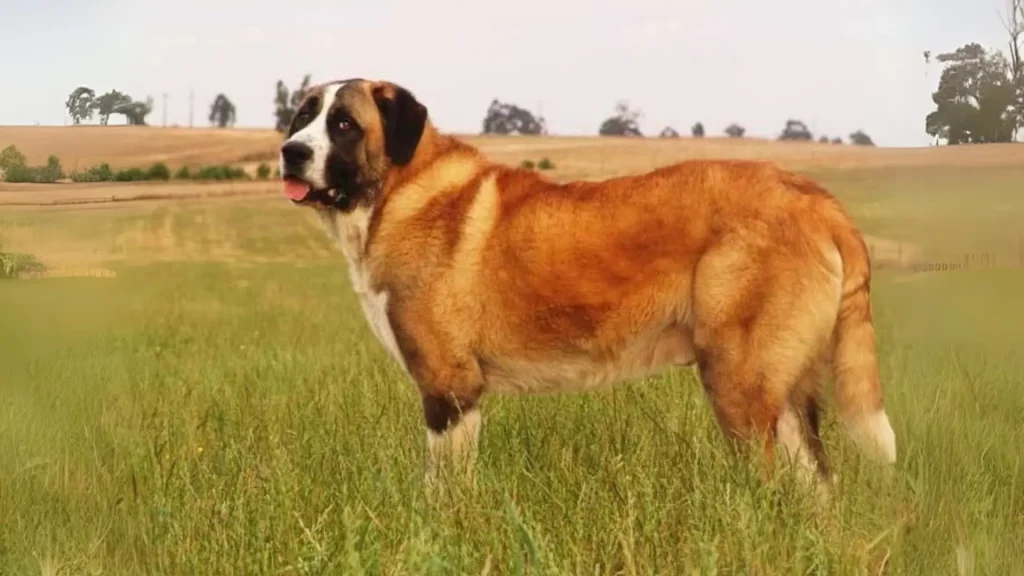Deciding whether to adopt or purchase a Rafeiro do Alentejo puppy depends on what you value most in the process. Buying from a breeder usually provides clear health history and pedigree, while adoption offers the chance to give a loving home to a dog in need. Both options have their own benefits and trade-offs to consider.
Adoption vs. Breeder: Pros & Cons
| Criteria | Buying from Breeder | Adopting from Shelter/Rescue |
|---|---|---|
| Cost | Often higher, around $1,000+ due to pedigree and breeder costs. | Lower fees, usually including vaccinations and spaying/neutering. |
| Health History | Comprehensive health records and genetic screening from ethical breeders. | Health history may be limited; shelters provide basic health checks. |
| Age Availability | Primarily puppies, allowing early training and socialization. | Wider age range including adults, suitable for experienced owners. |
| Temperament Insight | Breeders share lineage temperament and socialization details. | Shelter staff provide behavior observations; past unknown. |
| Supporting Practices | Supports responsible, health-focused breeding. | Supports animal welfare by reducing shelter populations. |
| Breed Purity & Pedigree | Usually guaranteed, with registration papers. | Often unknown, mixed or undocumented lineage. |

